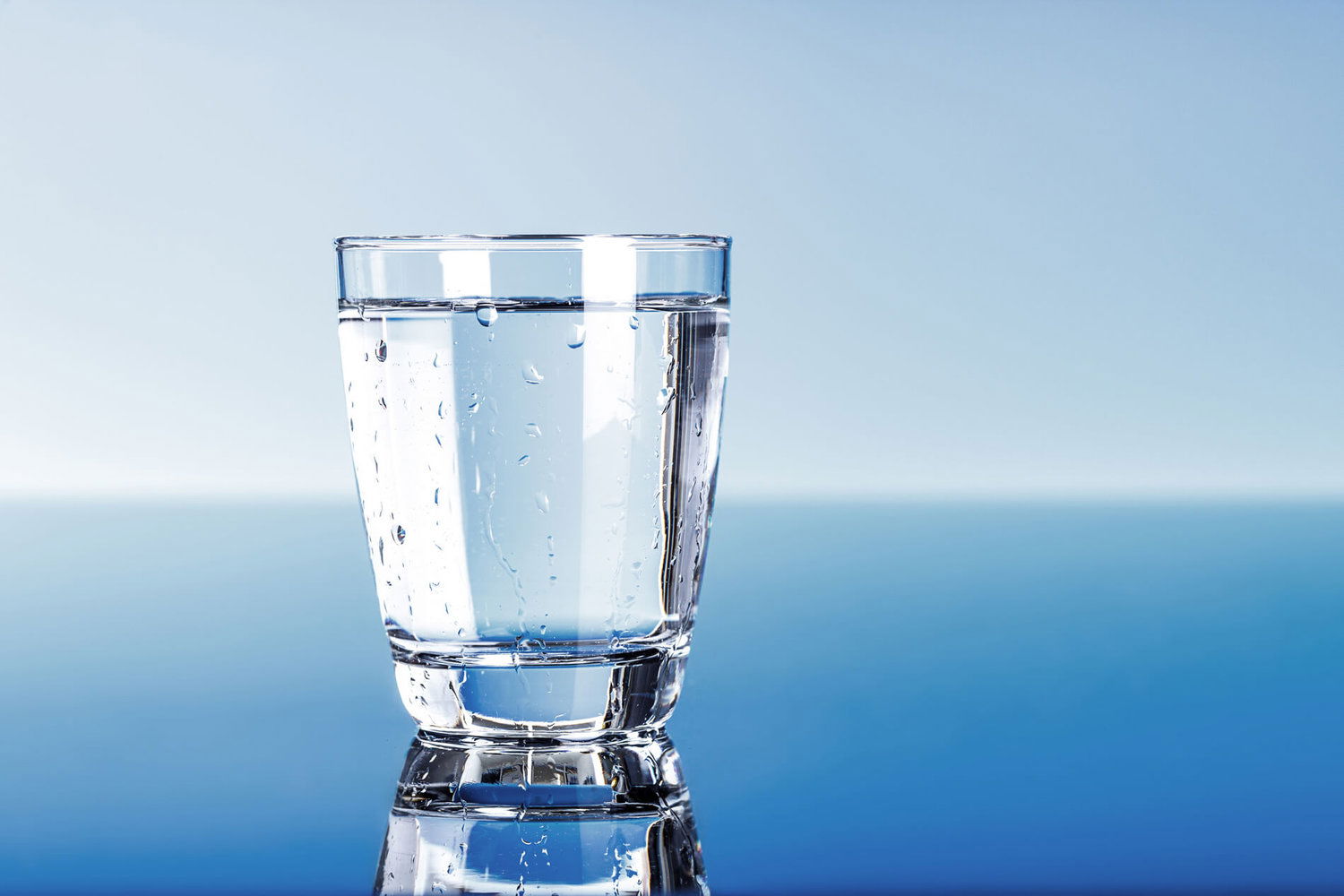SPORTS NUTRITION #3 : WATER INTAKE
Water makes up 50 - 70% of human body mass and contains essential electrolytes such as sodium and potassium. Sweating rates while training can reach up to 3 liters per hour among elite athletes and the brain cannot facilitate actions that keep up with water loss. Therefore, adequate hydration strategies must be implemented to decrease the symptoms of dehydration.

What is dehydration?
Dehydration is the loss of water from your body that leads to fatigue, headache, dry mouth, heat intolerance, coughing, appetite loss, flushed skin, dizziness and dark urine extraction. It occurs when you use or lose more fluid than you take in, and your body doesn't have enough water and other fluids to carry out its normal functions. As a consequence:
- High intensity explosive actions are impacted the fastest
- Performance declines rapidly once water loss is equal to 2% body-weight
- Aerobic capacity is reduced when water loss is equal to 3% body-weight
- Heat illness can occur after 5% body water loss
- Maximal strength drops heavily after a 5-7% water loss
- Major heat related illness, heat cramps, muscle spasms due to significant body sodium (salt) and water loss that affects the abdominal, arms and calfs
- Heat exhaustion - a condition categorized by dizziness, nausea and weakness due to severe loss of fluids and electrolytes
- Heat stroke - an elevation in body temperature to more than 41°C from exposure to excessive heat with diminished capacity for heat loss; this condition can result in tissue damage, organ failure or even death
Recommendations for good hydration
Sweating rates among athletes generally range from 0.5 to 2 liters per hour (up to 3 liters for elite athletes). In order to determine an athlete's sweating rate and necessary fluid intake during training, this formula can be used:
Sweating rate (liters per hour) =
Pre-training BW (kg) – Post-training BW (kg) + Fluid intake (l) – Urine volume (l) / Duration of training session (hr)
Conclusion
1. To avoid dehydration, these guidelines may be followed when working out:
- Before exercise: Drink 500ml of water 2.5 hours prior to working out and if not hydrated, add 300ml approximately 15 minutes before exercising
- During exercise: Drink 250 ml of water every 15 minutes
- Following exercise: For each kg of body-weight loss, drink 1 liter of water
2. Athletes should re-hydrate with a 6-8% glucose-electrolyte solution to compensate for mineral loss during training and provide energy for prolonged workouts
3. When sodium falls below 130 mmol/liter, this issue is called hyponatremia and can be life-threatening. It is avoidable by drinking enough water to preserve weight during extreme endurance events (such as a marathon)



